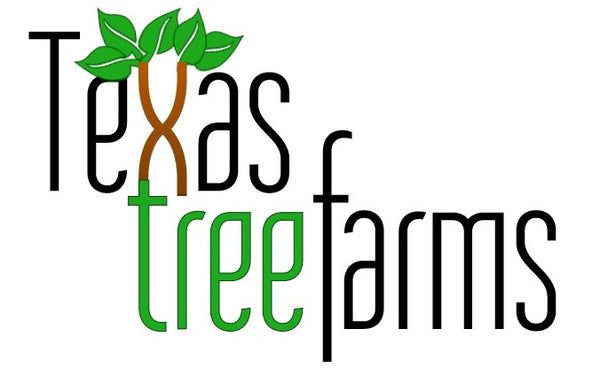Mexican Sycamore
Mexican Sycamore
Description: The Mexican Sycamore is a large, stately tree with a spreading canopy and a straight, sturdy trunk. It typically grows to heights of 60 to 80 feet (18 to 24 meters) or more, with a spread of 40 to 60 feet (12 to 18 meters) at maturity. The tree features large, palmately lobed leaves that are bright green in spring and summer, turning yellow-brown to brown in the fall before dropping. The leaves are similar in appearance to those of the American Sycamore (Platanus occidentalis) but may have slightly more deeply lobed margins. Mexican Sycamores have attractive bark that exfoliates in patches to reveal creamy-white, green, and tan patches beneath, adding winter interest to the landscape. Inconspicuous flowers appear in spring, followed by small, round seed balls that persist into winter and provide food for wildlife.
Best Growing Zones: The Mexican Sycamore is well-adapted to USDA hardiness zones 7 through 10. It thrives in warm, humid climates with mild winters and is relatively tolerant of heat, drought, and poor soil conditions. Mexican Sycamores are commonly found in riparian areas, riverbanks, and floodplains but can also be grown in a variety of landscape settings, including parks, streetscapes, and residential yards.
Soil Requirements: Mexican Sycamores prefer moist, fertile soil with good drainage but can tolerate a range of soil types, including clay, loam, and sandy soil. They are relatively tolerant of wet or poorly drained soils and can withstand periodic flooding. However, they may struggle in excessively dry or compacted soils. Adding organic matter such as compost or aged manure to the planting hole can improve soil fertility and structure and promote healthy root growth.
Maintenance: Mexican Sycamores are relatively low-maintenance trees once established but may require occasional pruning to remove dead, diseased, or damaged branches and to maintain a strong and attractive form. Pruning is best done in late winter or early spring before new growth begins. Mexican Sycamores are relatively pest and disease resistant but may occasionally be affected by issues such as anthracnose, powdery mildew, or sycamore lace bugs. These problems can usually be managed with proper cultural practices, such as providing good air circulation and avoiding overhead watering.
Landscape Use: Mexican Sycamores are valued for their large size, attractive foliage, and adaptability to a variety of growing conditions, making them excellent shade trees for parks, large landscapes, and residential yards. They are also suitable for planting along waterways, where their extensive root systems help stabilize banks and prevent erosion. Mexican Sycamores can be used as specimen trees, focal points, or shade trees in gardens and landscapes, where their distinctive foliage and bark add visual interest and natural beauty. Additionally, they provide habitat and food for wildlife, making them valuable components of wildlife gardens and riparian habitats. Overall, the Mexican Sycamore is a majestic and versatile tree that adds beauty, shade, and ecological value to the landscape.






